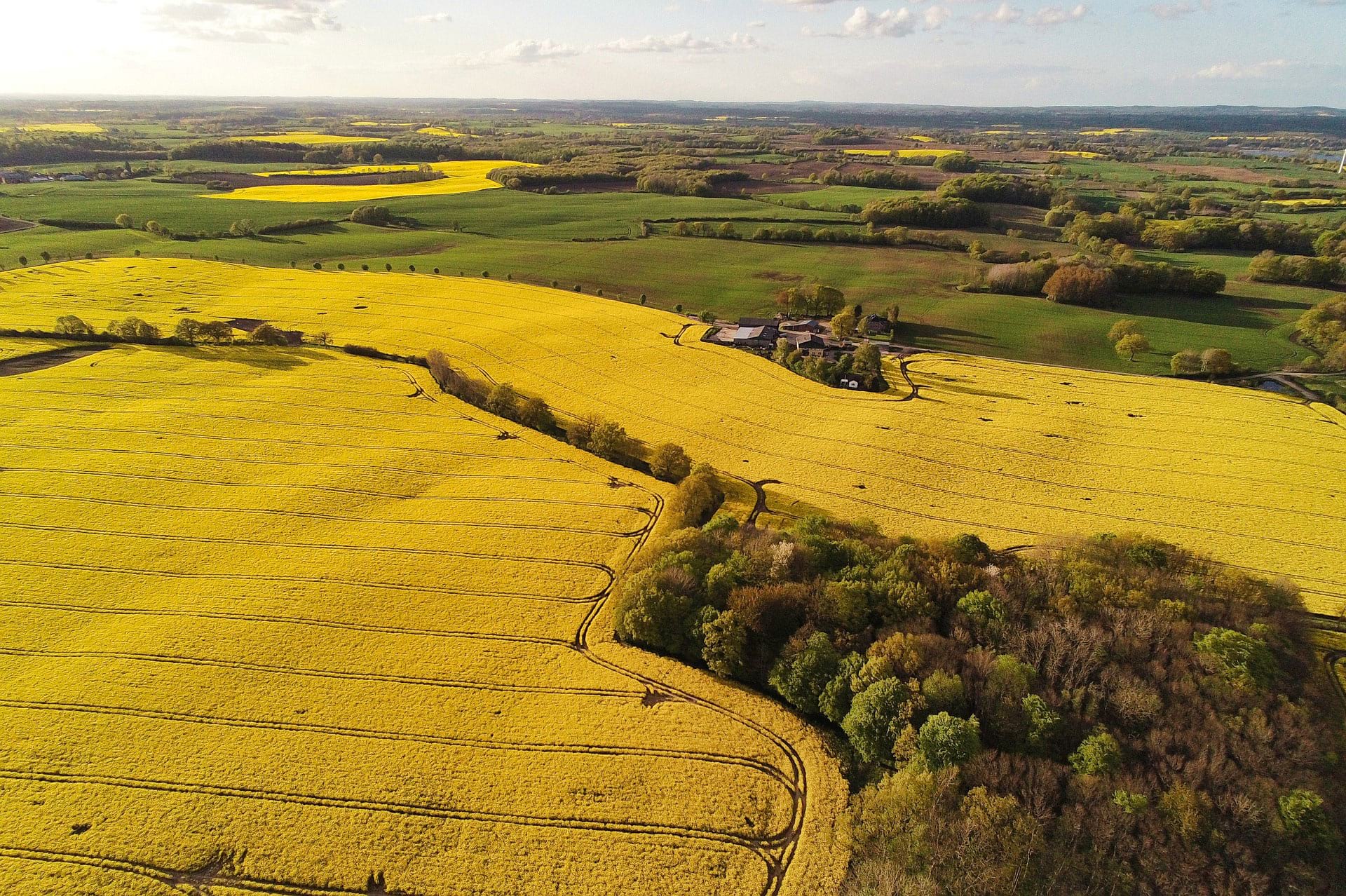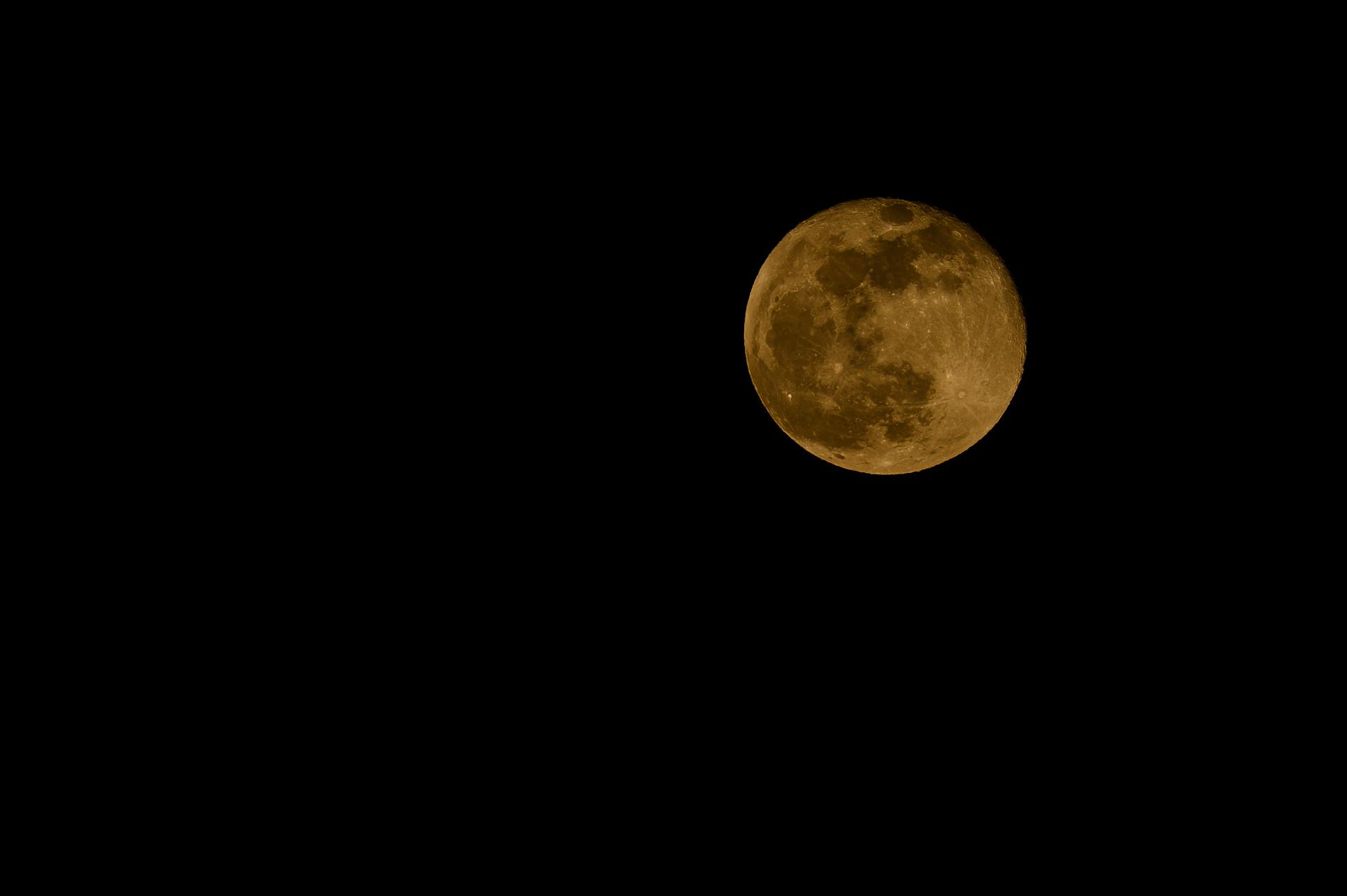Daylight
Daylight consists of directly incident sunlight and light scattered in the atmosphere, skylight. The mixture of both components determines the color of illumination which varies depending on time of day and the time of year from 4800 K - 18 000 K.
By using conversion filters, the composition of light can be changed in such a way that a sensor which is exactly balanced at 5500 K renders natural colors. The decision which filter to take in each case is however not as difficult as is generally thought. The two most important criteria are altitude of location and the color of the sky. As altitude increases above sea-level, the proportion of short-wave blue radiation in illumination increases also. It has to be balanced by a reddish filter. In areas where the air is pure, that is, far away from urban centres and industrial plant, illumination follows this tendency. As the atmosphere becomes more clouded, the color temperature of radiation falls, illumination is seen as reddish by the film. Industrial and city haze has the greatest effect on light composition even with a clear-blue sky. With a great amount of haze, when the sky is from dull blue to yellowish white, a light blue KB 1.5 correction filter should be used. A point of reference for determining illumination is if there are clouds present. If there are few clouds, clearly outlined against a blue sky, a reddish conversation filter is abvisable. If clouds cover more than half the area of sky, a colorless UV haze filter is more to advantage. If the clouds are hardly visible in the haze, noticeably reducing sunlight and preventing the creation of sharp shadow, then it is clear that a light blue filter is required.




